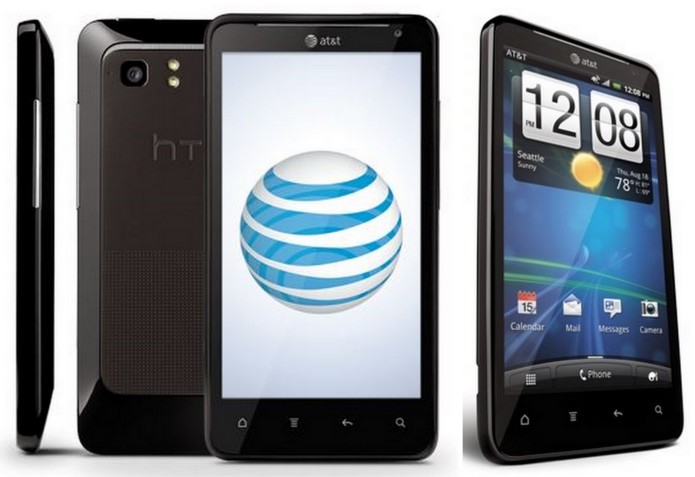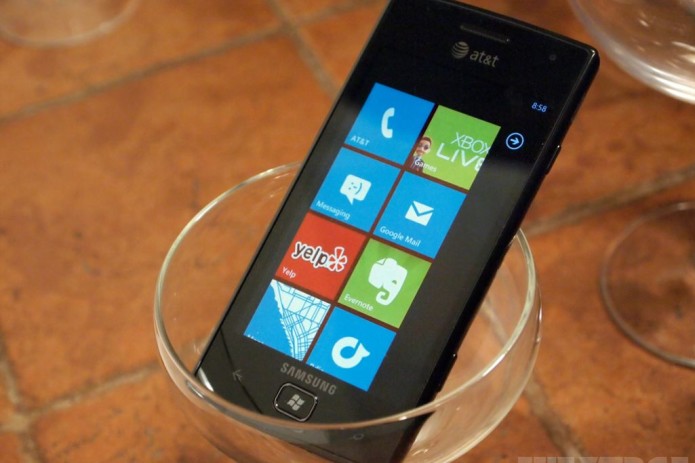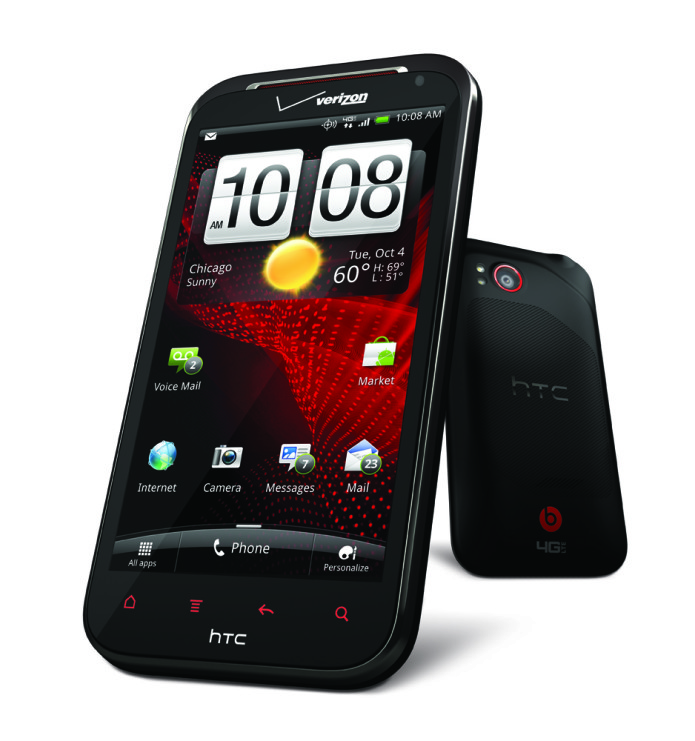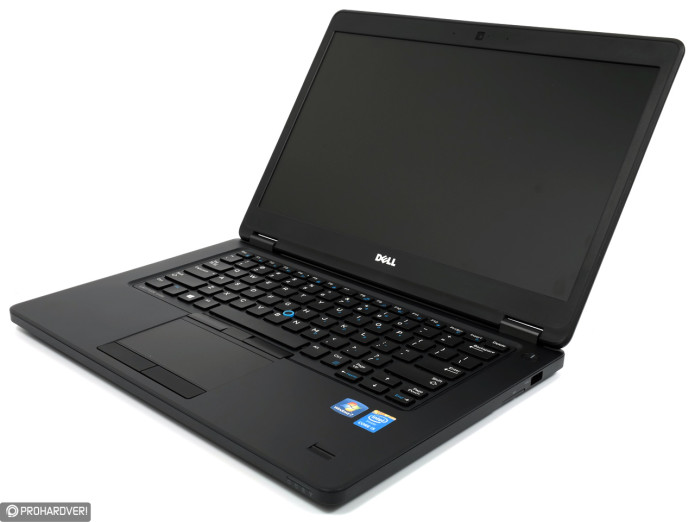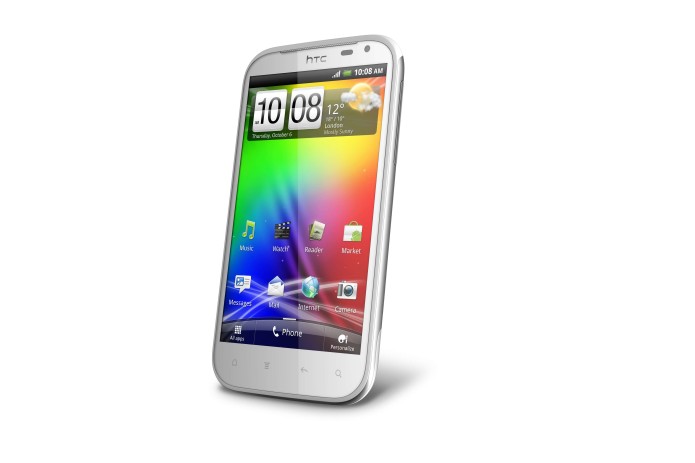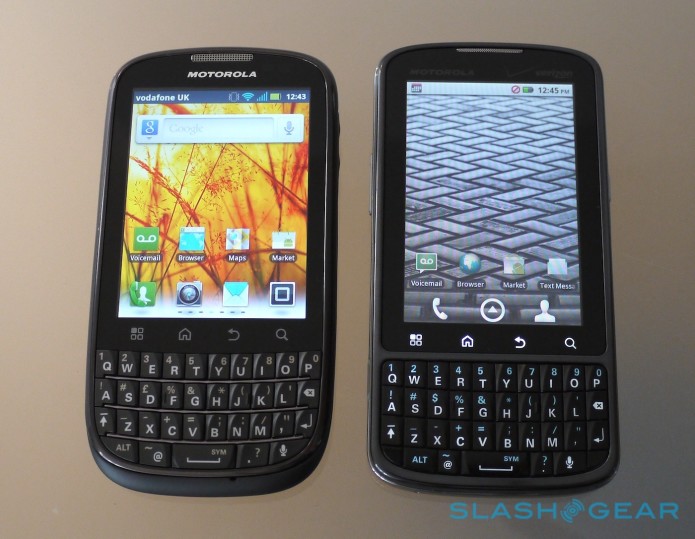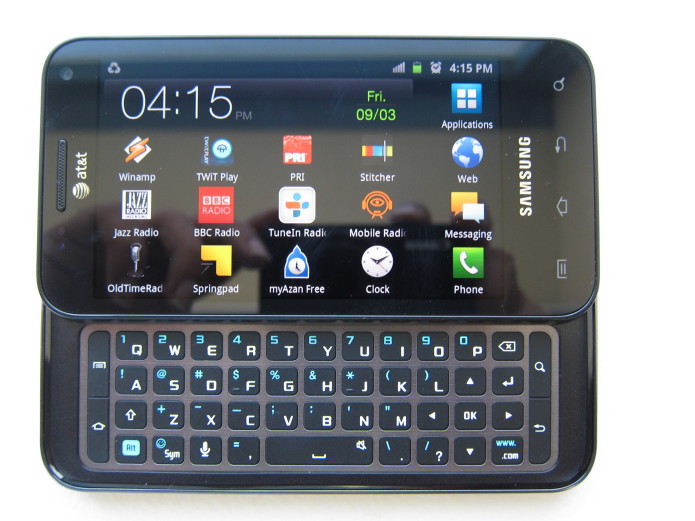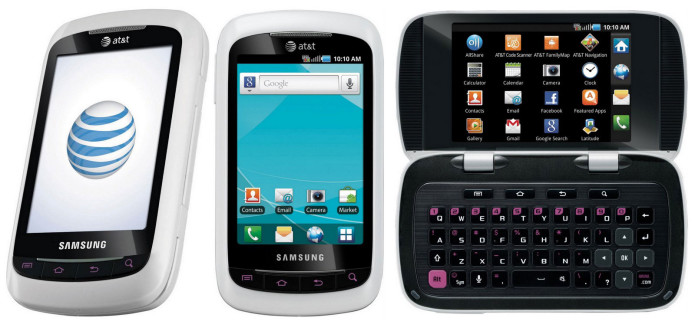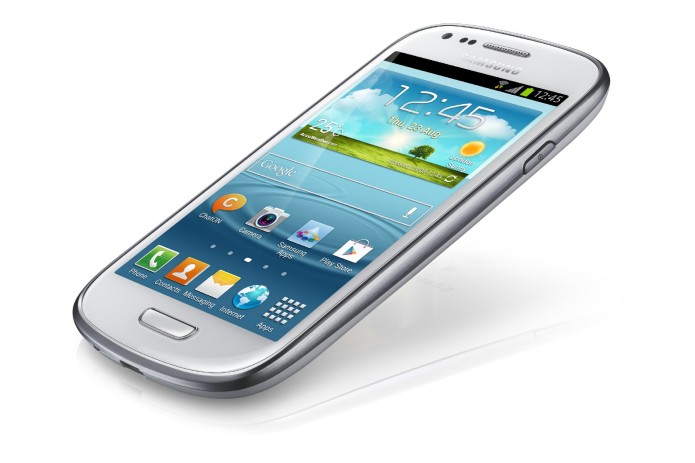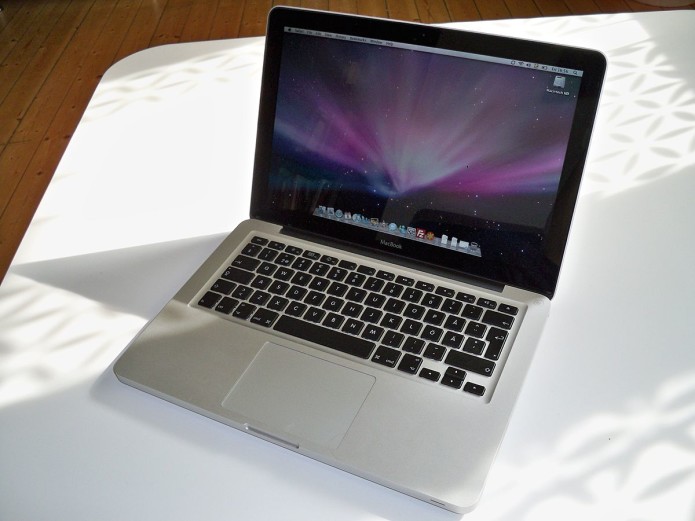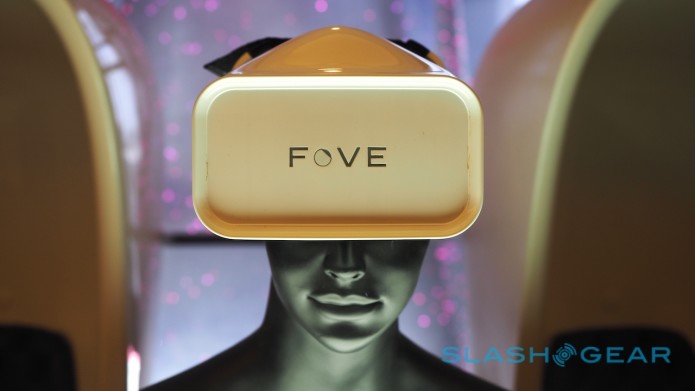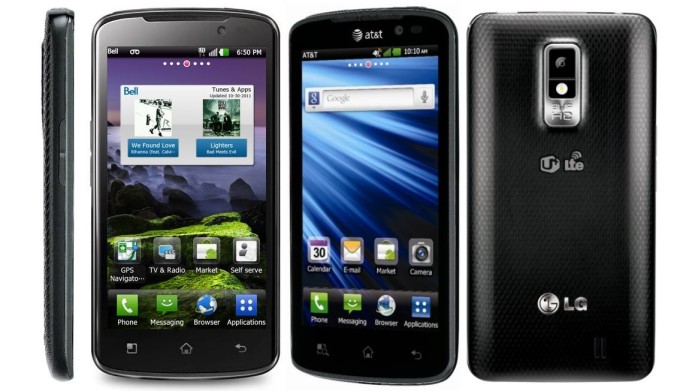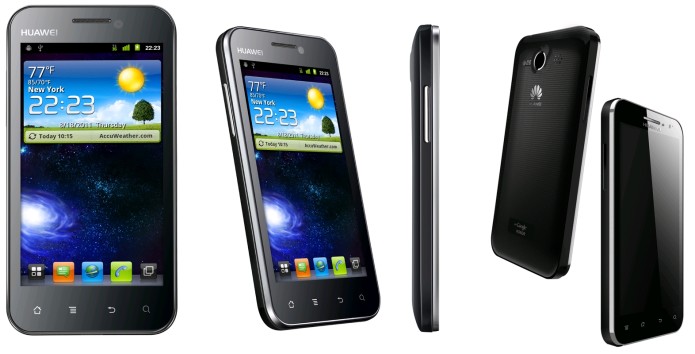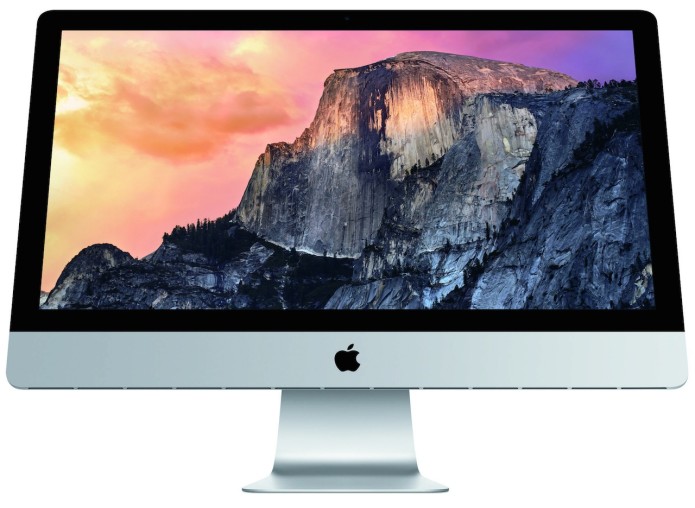Selfies are a living oxymoron. Their popularity seems to thrive despite the general disapproval of society. Selfie sticks, those pronged and telescopic instruments of selfie promulgation, have been discouraged or even banned from certain places of serious business, like museums. Despite that, camera and smartphone makers have increasingly catered to this sub-culture with features. One of those is Nikon, who has seemingly swallowed the whole thing, hook, line, and sinker, and has now come out with a selfie stick, not for smartphones, but for its own point and stick COOLPIX cameras.
Like any selfie stick, the Nikon N-MP001, which is the model name of this contraption, extends and shrinks to your heart’s desire. At its shortest, it is only 7.28 inches long, while it reaches 28.54 inches in full length. Unlike your run of the mill selfie stick, however, this is designed to hold a digital camera, up to 0.88 lbs in weight. As such, it connects to the tripod socket of the camera, giving justice to the more formal name of the selfie stick: a monopod.
…
Read full post here:
https://www.slashgear.com/nikon-gives-in-outs-a-selfie-stick-for-cameras-07377718/



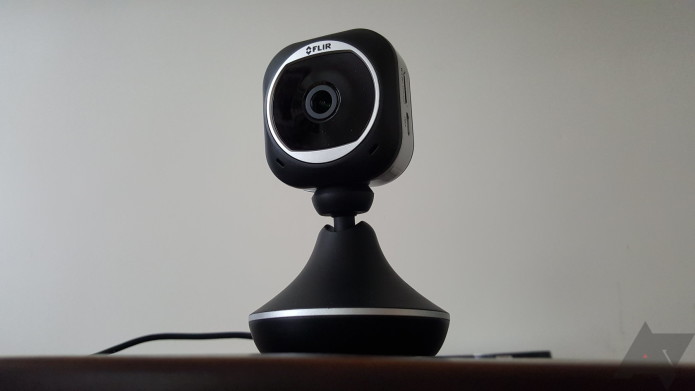
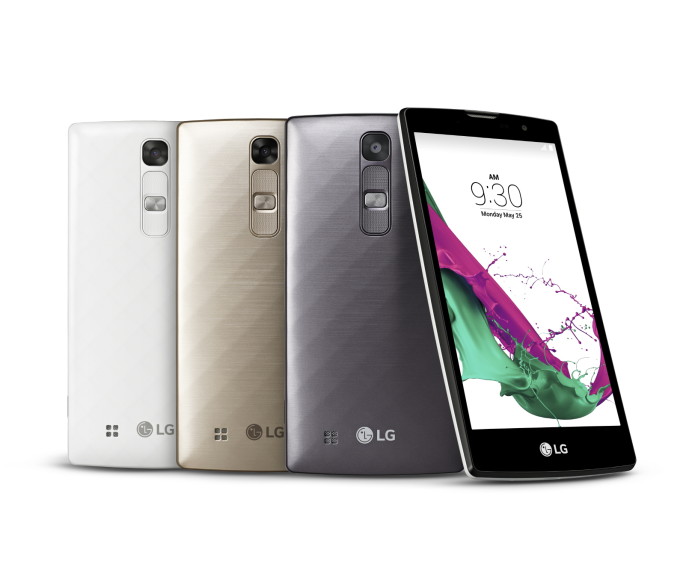

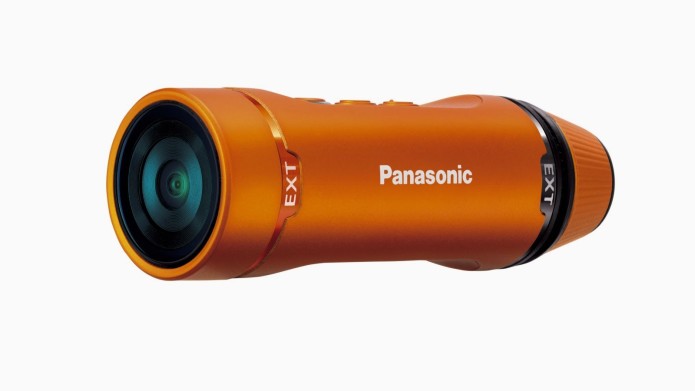
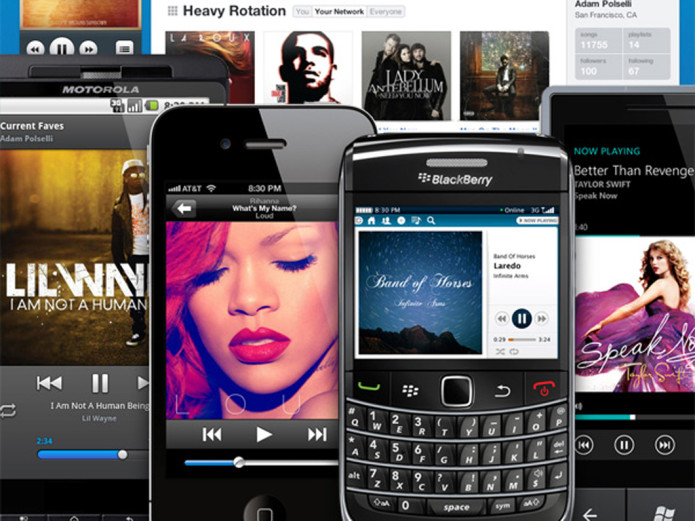
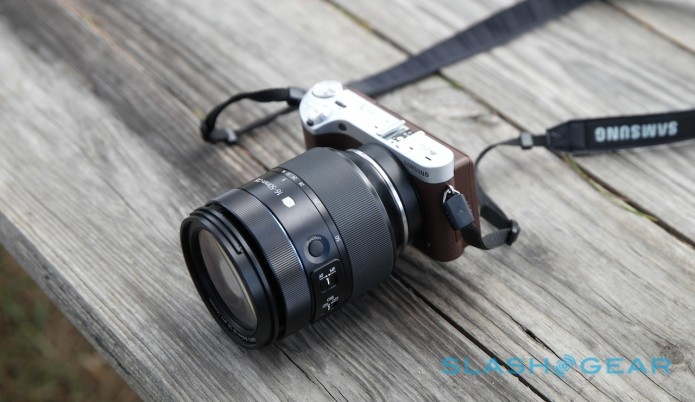
 Is a bigger camera necessarily better? Or, put a different way, does a big sensor need to have a big body wrapped around it? Samsung would argue no, and the NX500 is its evidence. Distilling much of the NX1 into a form-factor only slightly larger than a point-and-shoot, it’s 28.2-megapixels of interchangeable lens camera with a 4K video recording bonus. Samsung can’t work miracles, mind, especially for $799 with a lens thrown in, and so there are some compromises to consider along the way.
Is a bigger camera necessarily better? Or, put a different way, does a big sensor need to have a big body wrapped around it? Samsung would argue no, and the NX500 is its evidence. Distilling much of the NX1 into a form-factor only slightly larger than a point-and-shoot, it’s 28.2-megapixels of interchangeable lens camera with a 4K video recording bonus. Samsung can’t work miracles, mind, especially for $799 with a lens thrown in, and so there are some compromises to consider along the way.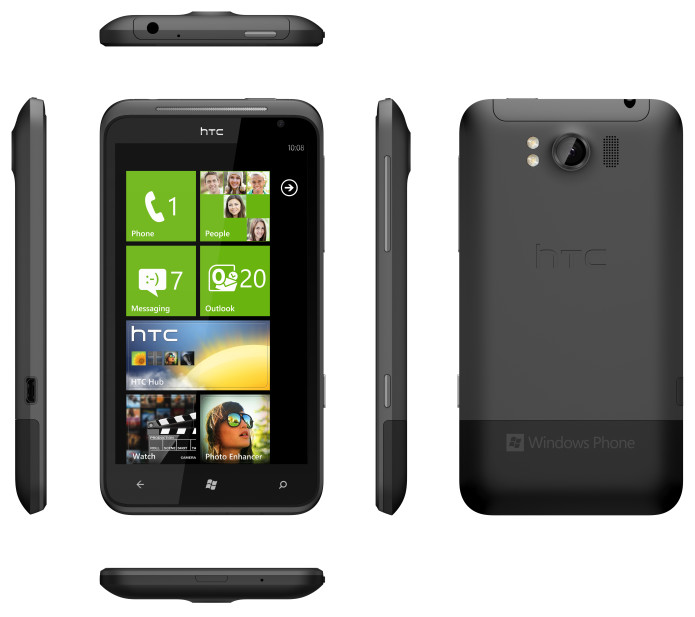

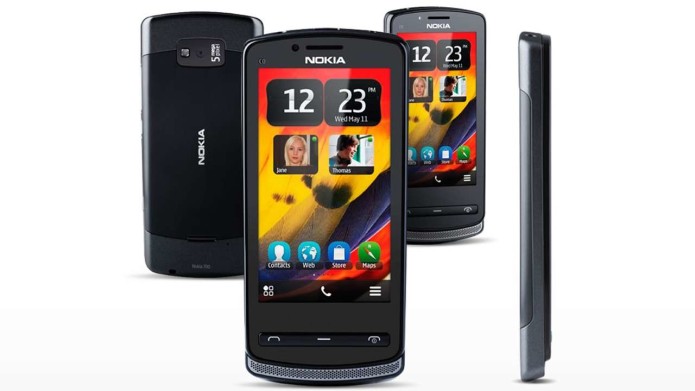
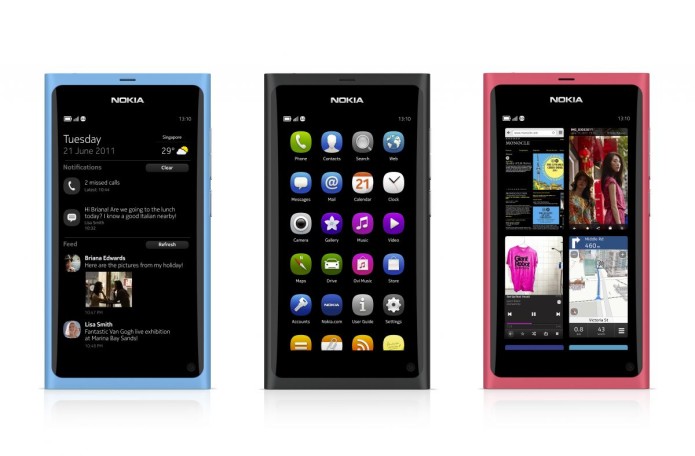
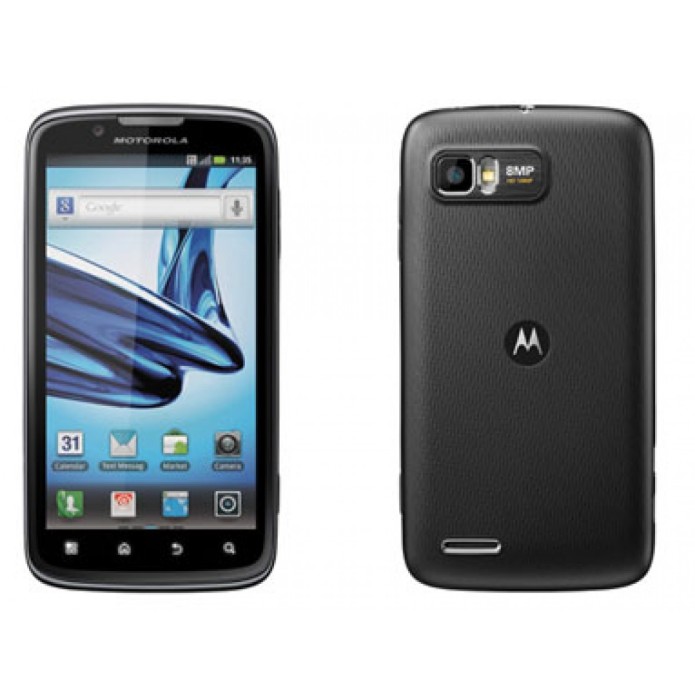
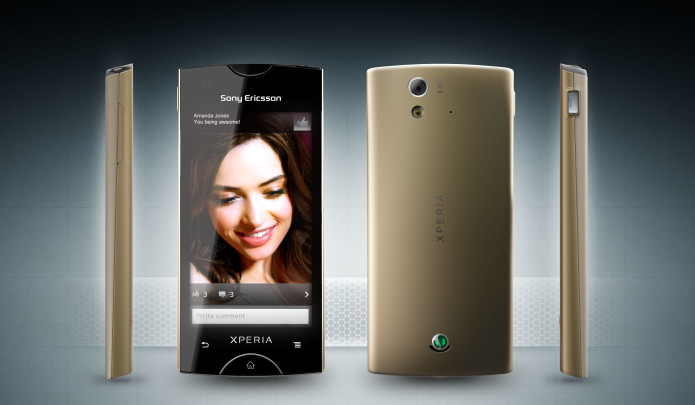
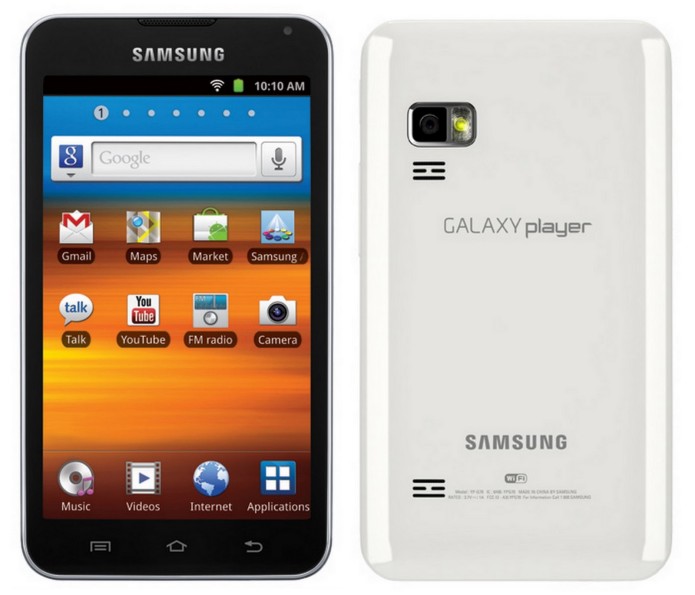
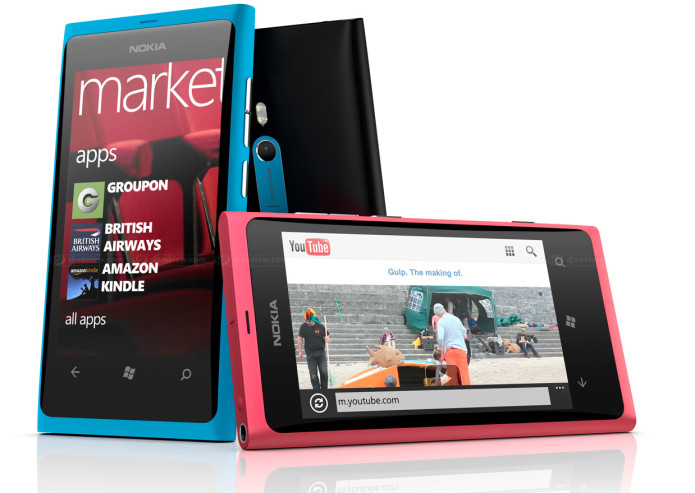
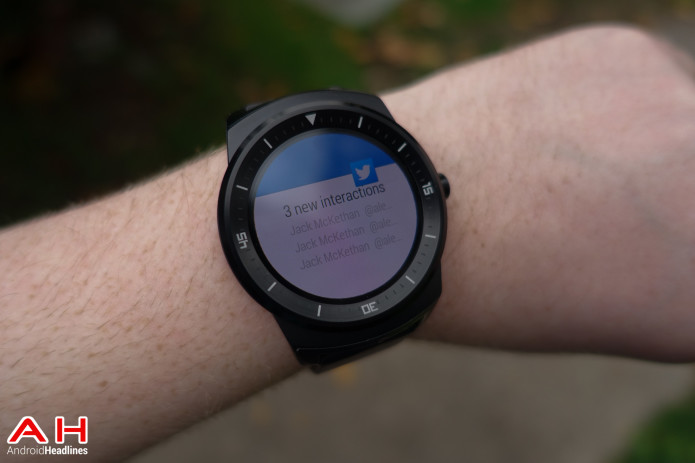
-970-80.JPG)
